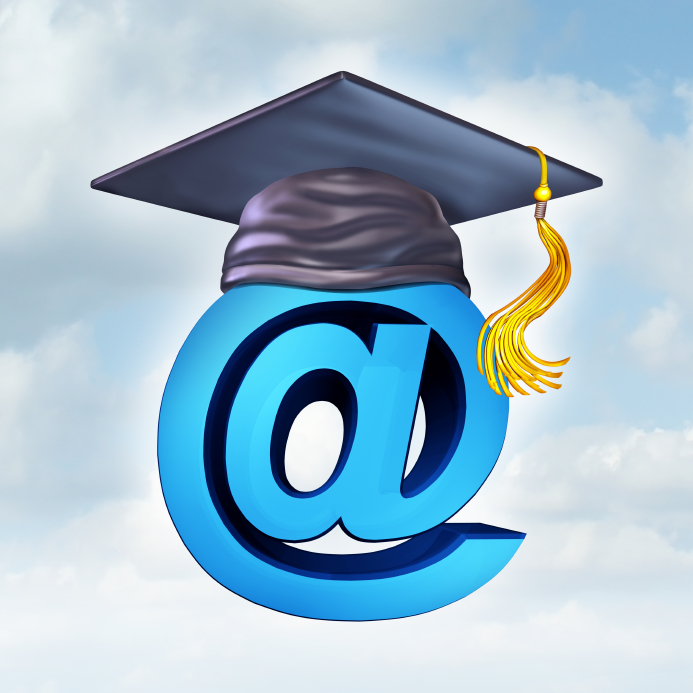The year 2015 was definitely a transformative year for B2B tech marketing. But then again, in the tumultuous world of tech, what year isn’t? As a boutique agency based in Austin, the U.S. city that showed the most tech growth in 2015, Launch Marketing experienced its bit of innovation and discovery, working with new and old clients alike. Let us share with you what we learned in 2015 about marketing in the B2B tech space.
Marketing Automation Adoption is Up
The use of marketing automation by organizations has grown tremendously overall and those that have been using it for a while are quickly getting more sophisticated as marketing automation vendors continue to expand upon their capabilities through internal development or acquisition.
According to a B2B Marketing™ infographic, almost half of all marketers are already using some form of marketing automation. Of those who don’t already use it, another half are planning to get in on it. There is room in the SMB and micro business categories for growth because the high costs associated with marketing automation have previously acted as a barrier to entry. But, with new lower-cost platforms, like the free Mautic, popping up, it’s safe to say marketing automation’s exponential growth will continue into 2016.
The B2B Marketing™ infographic cited skill shortages as one of the biggest marketing automation challenges marketers face, so learning marketing automation now is imperative if you want to stay competitive in a future where most companies will have implemented MA platforms and where MA solutions are even more advanced. This is especially true in the B2B tech space, as tech companies are known to be MA early adopters, according to Mintigo.
Thought Leadership Validated by Shift in Content Marketing
Noise in the market has caused a shift in content marketing—a shift wherein a relationship with decision makers is more valued than simple contact with a lead. This movement from ‘learn about our product and how it can help’ to ‘let’s get down to the root of your pain points, uncover which are key and then what options are available to address those pain points’ allows an individual to feel like he or she is not being force-fed a sales pitch, but is instead a part of a conversation. So, how does this kind of conversation work in tech speak?
Tech marketers have to not only understand client offerings at a granular level, but must also be able to speak to the problems their clients are solving. Furthermore, they must be able to differentiate products and services, as it’s easy for tech companies to sound like they’re solving the same problem. Whereas B2C marketers have the option of using a conversational tone, B2B marketers—and especially B2B tech marketers—need to support their messaging with expertise. The best way to build a relationship AND maintain a perception of competence is by positioning yourself as a thought leader.
Thought Leadership attracts prospects in a non-intrusive way by building on their trust of your knowledge. Because clients are more receptive to pull rather than push content marketing, thought leadership is also a strategy B2B tech marketers should hone going into the new year.
In the B2B tech space, not much has changed in that everything has continued to change. Tech companies move at a different pace than companies in other industries. With updates and startups springing up left and right, competition abounds. We hope these lessons help you in your planning for 2016. As always, look through our blog for more new year marketing tips, or contact us.
Image source: www.cascadeinsights.com

There are no comments